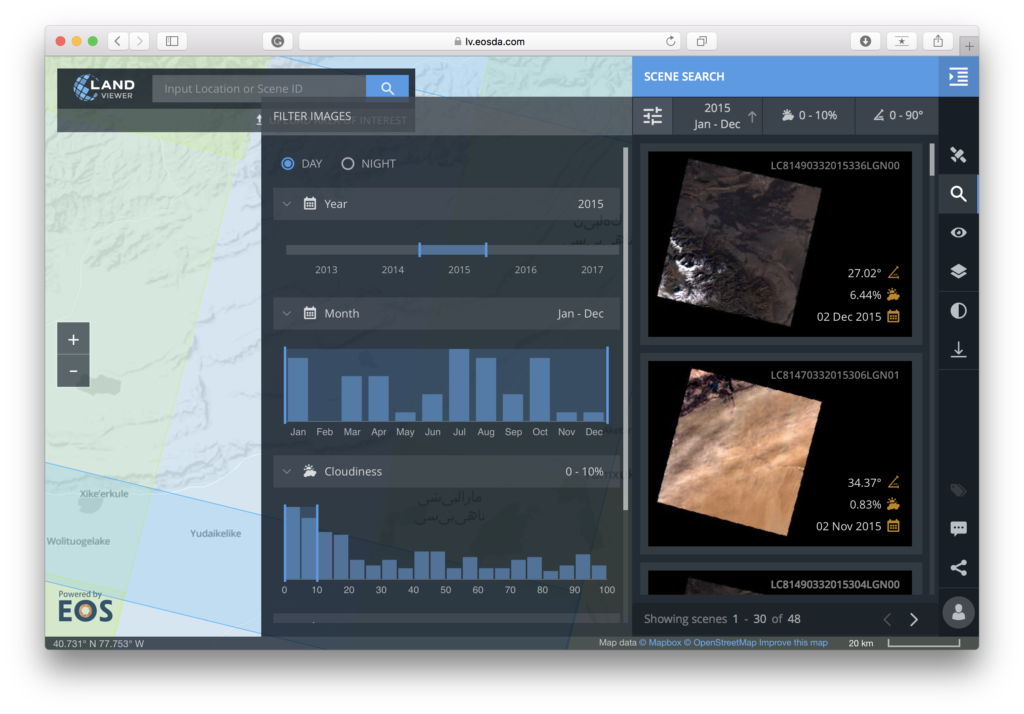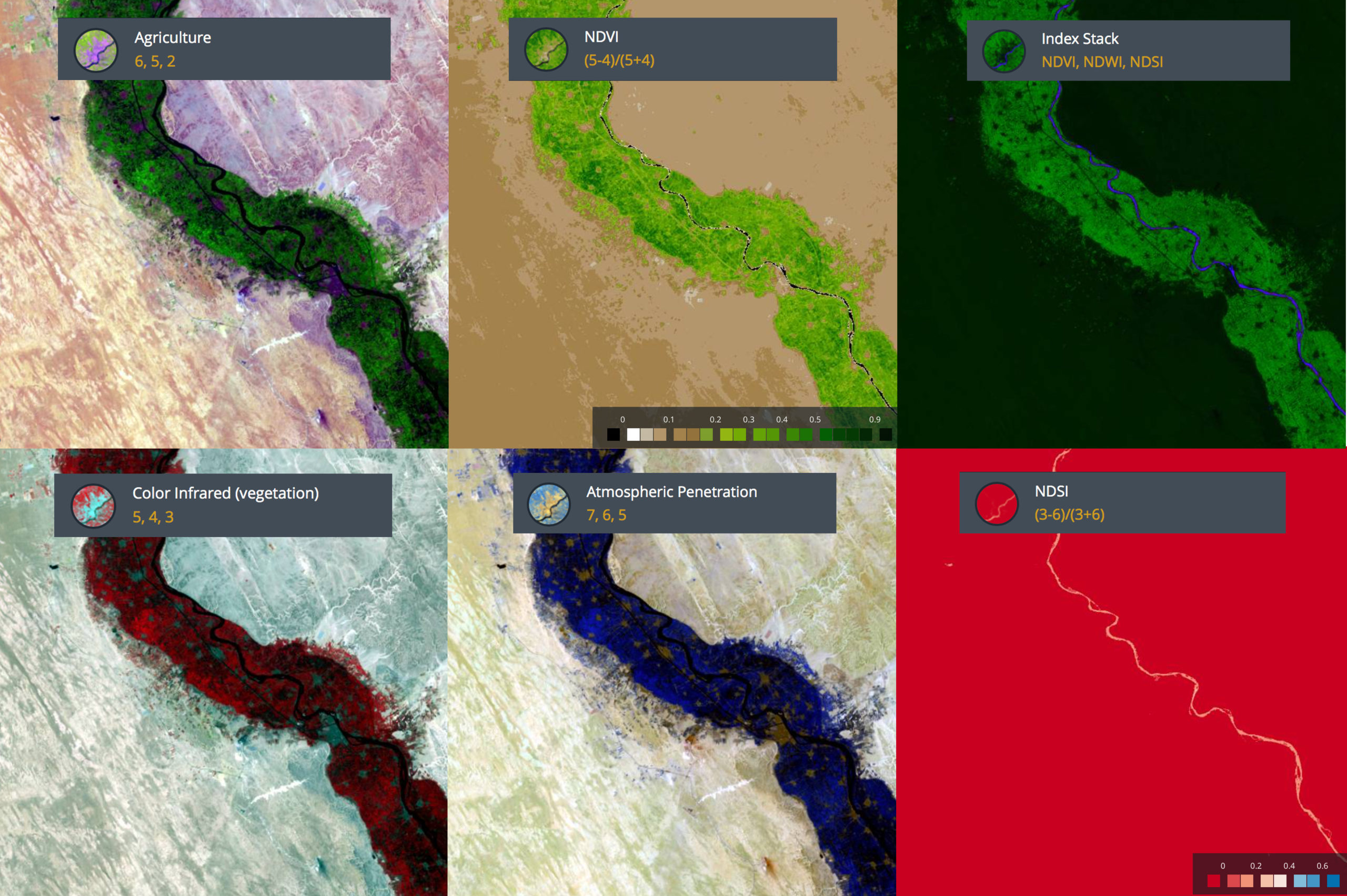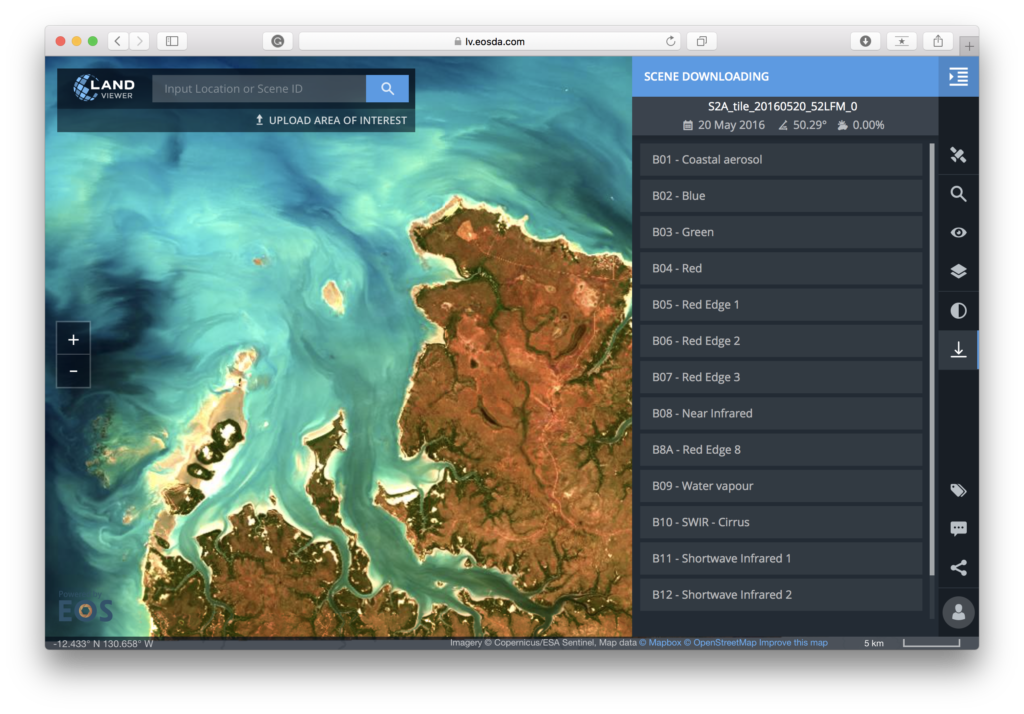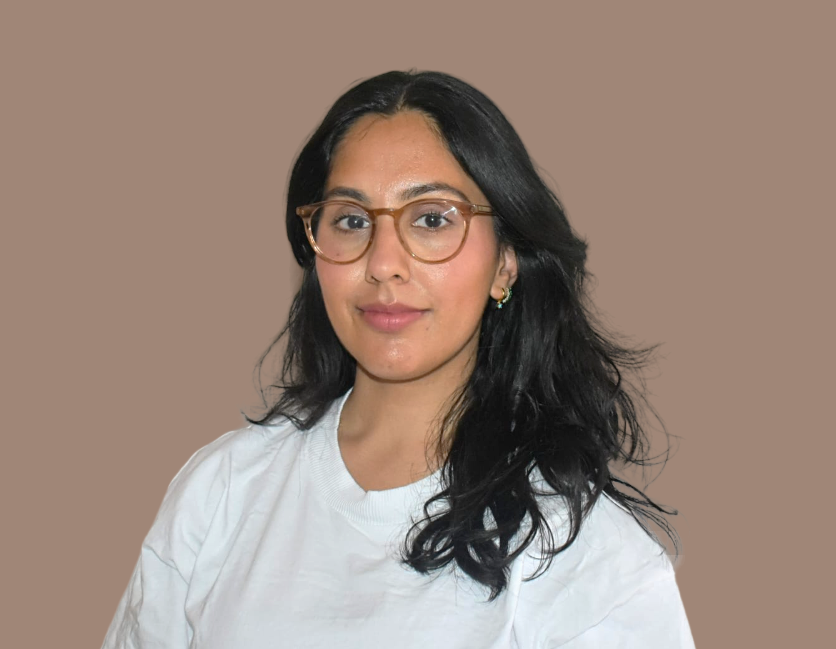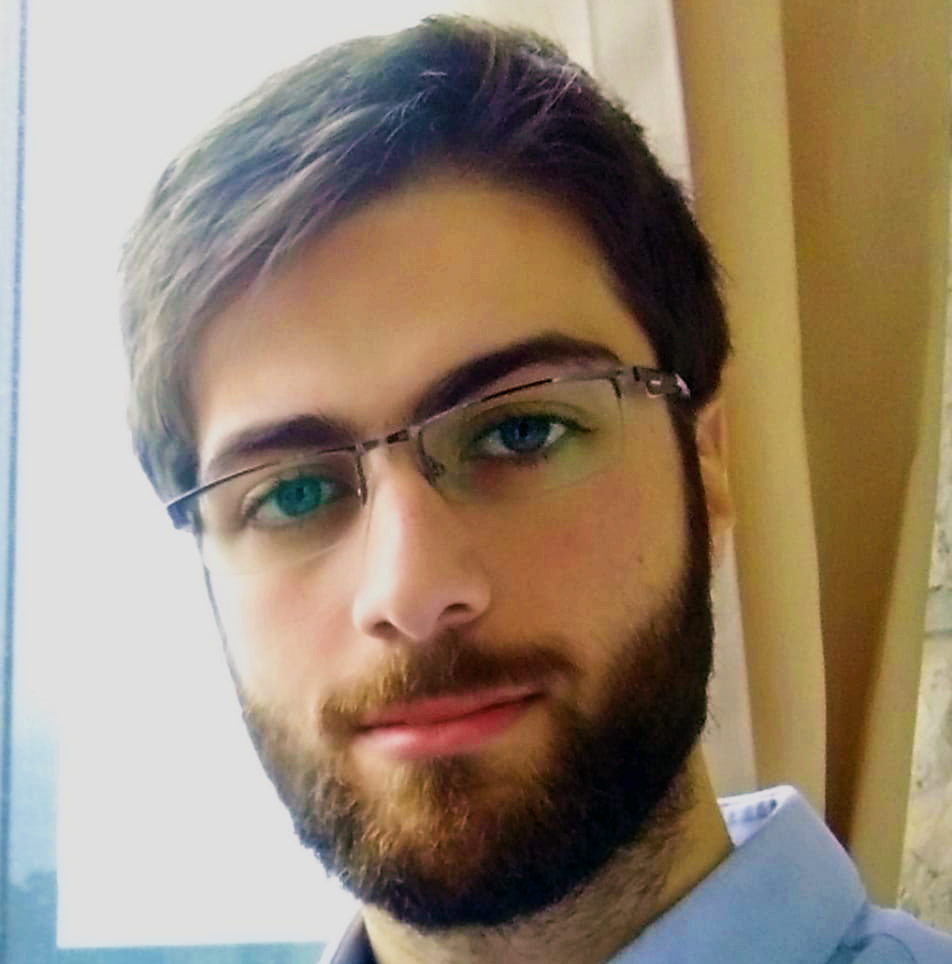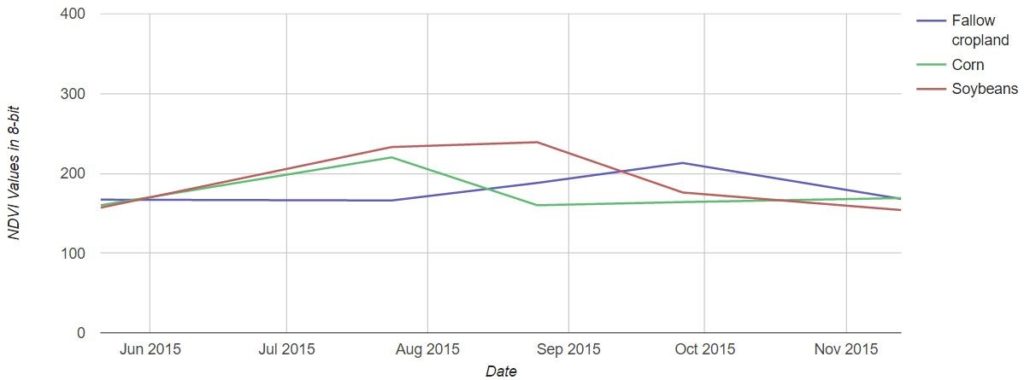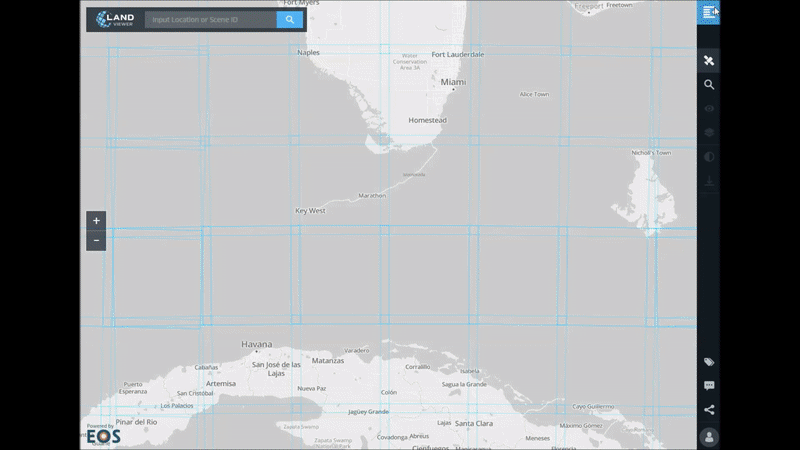
This web tool will let you find and analyze any satellite imagery in under 10 seconds
Founded in 2015 by Max Polyakov, EOS Inc. (EOS stands for the Earth Observing System) developed one of the best satellite data processing and analytics platforms out there. EOS’s back-end solutions are used by some of the Fortune 500 companies and the mapping industry leaders.
The platform offers the fastest engine to search and process satellite and areal imagery I’ve ever seen. On the top, it features a massive set of filters and algorithms to analyze the data at any scale. Now, all these features are available for free to the general public. The company recently launched a new, impressive web-based tool where anyone can access, analyze and download satellite images for free.
The service is called Land Viewer and offers free, on-the-fly, real-time imagery processing and analytics packed with features. It’s cool and insanely fast. It gives you access to imagery from Landsat 8 and Sentinel 2 satellites with more to come soon.
Filtering per time and geography
Browsing satellite imagery per geography is nothing spectacular, but none of the solutions on the market let you so easily filter the data based on time. Land Viewer gives you access to a massive set of historical data which you can easily discover using a handy timeline. You can choose Day and Night images and even parameters like cloudiness and sun elevation.
Advanced filters
Once you select your image, you can use a library of filters that will allow you to analyze the data according to your needs. EOS gives you access to 18 filters and a possibility to compose one yourself.
The set of free-of-charge filters is the best feature of the service. It gives you an instant access to popular algorithms like NDVI or Infrared but you can also use some of the EOS proprietary filters designed for a particular use case e.g. Agriculture, Land/Water and other.
Fast processing
The tool is insanely fast! While being used to work with the desktop software I was always used to waiting for the effects. Land Viewer gives you the results almost instantly. I don’t know how they’ve done it but it works. You can find, display and apply filtering to any satellite scene all within 10 seconds. I didn’t expect it.
Download free of charge
And finally, you can download any selected satellite scene in a GeoTIF format in order to use it in your project. The data can be downloaded per band giving you full control of the image.
Final verdict
EOS did a great job! Land Viewer is the only such advanced satellite data analytics web tool available for free. It is packed with features but easy to use at the same time. And oh boy, this thing is fast. So if you need to do a quick analysis of remote sensing data don’t look any further.
Did you like the article? Read more and subscribe to our monthly newsletter!


